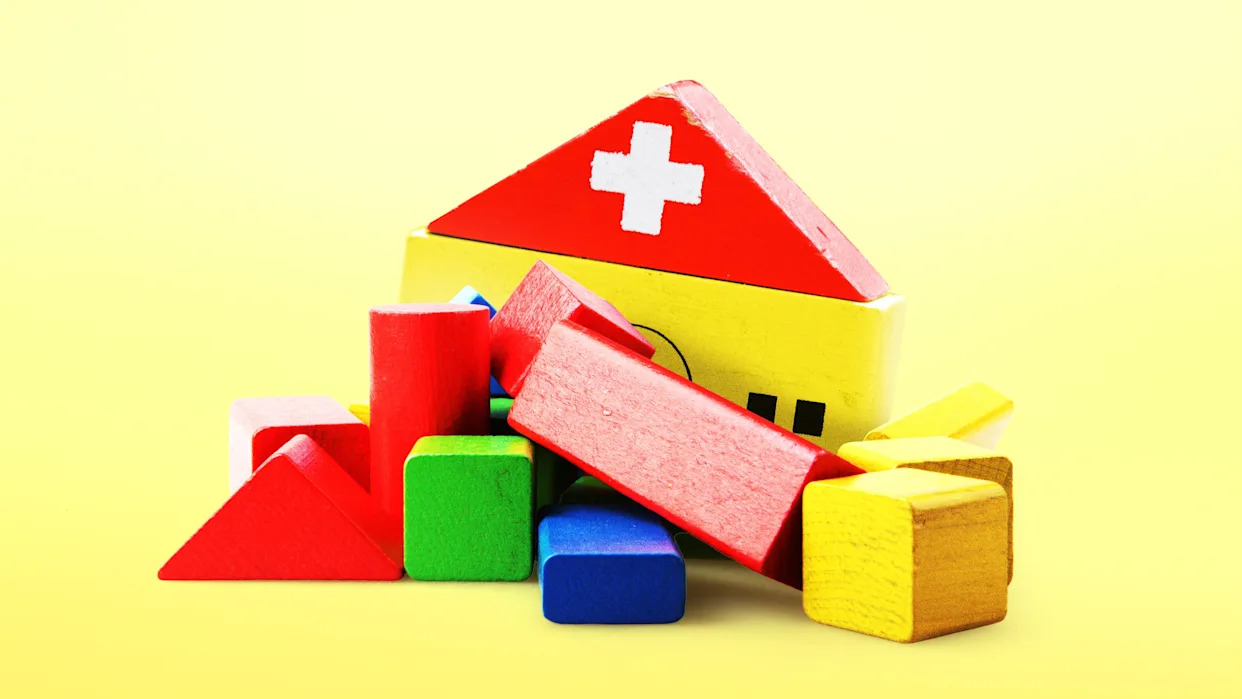
The Atlantic Daily, a newsletter that guides you through the biggest stories of the day, helps you discover new ideas, and recommends the best in culture. Sign up for it here.
Alison Chandra was thrilled and gutted. She was pregnant with a much-wanted second child. But her baby had a rare disease called Heterotaxy, causing heart defects and organ abnormalities. He might not survive, her doctors warned her, describing his condition as “likely incompatible with life.”
Chandra is a nurse. She “grew up on the far right, and very staunchly in that pro-life, single-issue-voter camp,” she told me. “That was the first time that I had to come face-to-face with what being pro-life actually meant.” She chose not to terminate the pregnancy. Because she and her husband had no income—they had spent the past half decade volunteering on a medical ship off the coast of West Africa—the family decided to sign up for Medicaid.
“I was someone who really thought Medicaid is just for moochers and leeches,” she told me. “Quote-unquote good people should never have to need Medicaid. It was really hard for me to walk into that office and hand over my paperwork.” But she did. “It obviously changed the trajectory of everything because at that point we were able to pursue the best care.” Medicaid covered her prenatal visits, her son’s delivery, and two open-heart surgeries. Eleven years later, her son is thriving, and Chandra is working in suburban Utah as a nurse specializing in the care of children with complex health needs—kids covered, as she and her son once were, by Medicaid.
Soon she might not be able to provide that care. This summer, Congress passed the One Big Beautiful Bill Act, Donald Trump’s sweeping second-term domestic legislation. The bill does not cut Medicaid, the White House insists. It slashes taxes and offsets the revenue losses by tamping down on what Republicans describe as waste, fraud, and abuse in the health-insurance program.
[Annie Lowrey: A big, bad, very ugly bill]
Yet the Congressional Budget Office foresees that the law will drain close to $1 trillion of Medicaid’s financing in the next decade and cause 11 million Americans to lose their insurance coverage. Experts anticipate a cascade of effects. Private-insurance premiums and medical-bankruptcy rates will climb. Wait times for appointments with specialists will rise. Care deserts will expand. Hospitals and clinics will have to shut down. The most fragile sectors of our health-care system will be in danger of collapsing. And pediatric care might be first on that list.
The law does not target children’s-health coverage or children’s-health initiatives. But nearly half of American children are enrolled in Medicaid or the related Children’s Health Insurance Program. If the One Big Beautiful Bill Act goes into effect as written, sick babies will end up paying for tax cuts for the wealthy.
The bill “strengthens” Medicaid, as Republicans put it, by stripping insurance coverage from adults. For the first time, the country is implementing a nationwide work requirement for the program. Any state with an expanded Medicaid initiative (meaning that the state offers coverage to all low-income adults, not just those with a disability or another qualifying condition) will have to verify that enrollees are working, volunteering, or attending school, and kick them off the rolls if they’re not. The work requirement is not expected to spur more people to get a job; studies have found that nearly every adult on Medicaid already works if they can. But states will have to spend millions of dollars to implement it, diverting cash from delivering actual health care. And 8 million Americans are predicted to lose coverage as they struggle to keep up with the paperwork. The bill also contains a series of technical changes to Medicaid’s financing, altering the taxes that states levy on medical providers and the payments they make to them.
Experts warn that dropping parents from Medicaid will mean dropping kids, even if those children continue to qualify in their own right. Parents are twice as likely to enroll their children in a public-insurance program if they are enrolled themselves, and states that cover a small share of low-income adults tend to cover a small share of low-income kids too. Already, more than 4 million American children lack health coverage. Hundreds of thousands more might join them in a year or two.
A rising uninsurance rate among children is a crisis in and of itself. Kids without insurance are less likely to have a pediatrician monitoring their well-being and development. They’re more likely to be sick, less likely to get immunizations and prescription medications, less likely to be treated for severe health conditions, and more likely to be hospitalized. They are also more likely to die before reaching adulthood.
At the same time as the number of uninsured children rises, states are expected to slash spending on “optional” or “nonessential” Medicaid initiatives, such as in-home care for children with chronic health problems and disabilities. These services allow disabled kids to learn in classrooms and sick kids to sleep in their own bedroom, alongside their pets, siblings, and stuffies, rather than in pediatric-hospital wards. Providing care at home reduces emergency-room visits, and slashes the rate of hospital admissions. It is also essential for families, Chandra told me, her tone oscillating between tempered rage and measured despair. “Those are my patients,” she said. “Those are the kids I love.”
Medicaid already has an “institutional bias,” explains s.e. smith, the communications director of Little Lobbyists, an advocacy group for children with disabilities and complex health needs. The program covers care in hospitals and clinics more comprehensively than care provided at home or in the community. When state Medicaid programs face financing crunches, they tend to slash in-home services first. The bill will lead to much greater cuts, separating kids “from loving families, depriving them of a free and appropriate public education, and denying them an opportunity to participate in society,” smith told me.
[Jonathan Chait: They didn’t have to do this]
As at-home care is reduced and demand for in-hospital treatment rises, the bill will make it harder for parents and caregivers to access institutional services too. Over the past decade and a half, health systems have gotten rid of 20 percent of pediatric beds and 30 percent of pediatric-care units. That’s because hospitals make more money admitting adults than children: Kids are much more likely to be on Medicaid, and Medicaid offers lower reimbursement rates than Medicare and private-insurance plans do.
As a result, pediatric care has become concentrated in specialty children’s hospitals that cannot meet the existing demand. The country has too few hospital beds for babies and teenagers, too few pediatric-health specialists to make diagnoses and provide treatment, and far too few pediatric-health providers in low-income and rural areas. What institutions exist are fragile: Nonprofit children’s hospitals have profit margins of 2.7 percent, versus 6.4 percent for all hospitals.
The system is a rickety structure, the One Big Beautiful Bill Act a hurricane-force wind. With fewer kids covered by Medicaid, revenue per patient will go down, giving health systems a yet-greater incentive to focus on providing care to adults and seniors; hospitals will close, affecting not only kids with Medicaid but all children; in surviving pediatric institutions, demand will rise, given that families will have fewer options for treatment. Doctors foresee panicked parents driving their ill and injured kids for hours and hours to a children’s ER or ICU—only to find it overflowing.
Health experts anticipate exactly the same dynamic playing out in rural medical care. “This is going to impact 62 million Americans,” Alan Morgan, the CEO of the National Rural Health Association, told me. “If you’re in a rural area, it’s impacting your ability to access health care, because you’re reducing the bottom line of these facilities and the ability of these facilities to stay in the community.” They see the same dynamic playing out in nursing-home, rehabilitative, and long-term care as well. A law intended, putatively at least, to get adults to work might end up destroying fragile institutions for the country’s most vulnerable, and weakening those providing health care to everyone.
The bill’s work requirements do not come into effect until after the 2026 midterm election—a sign that, perhaps, Republicans understand just how catastrophic and unpopular the party’s policies are. Aides on Capitol Hill and hospital executives believe that Congress might soften the bill or push parts of it back. But there are tax cuts to pay for, and people with disabilities and cancer available to pay for them.
“I have lived and worked in countries where people lack access to health care. I know what that looks like,” Chandra told me. “It is heartbreaking to me that we are facing, potentially, some of the same challenges that I’ve dealt with in some of the poorest countries in the world. It should not be the case anywhere, but especially not in the richest country in the world.”

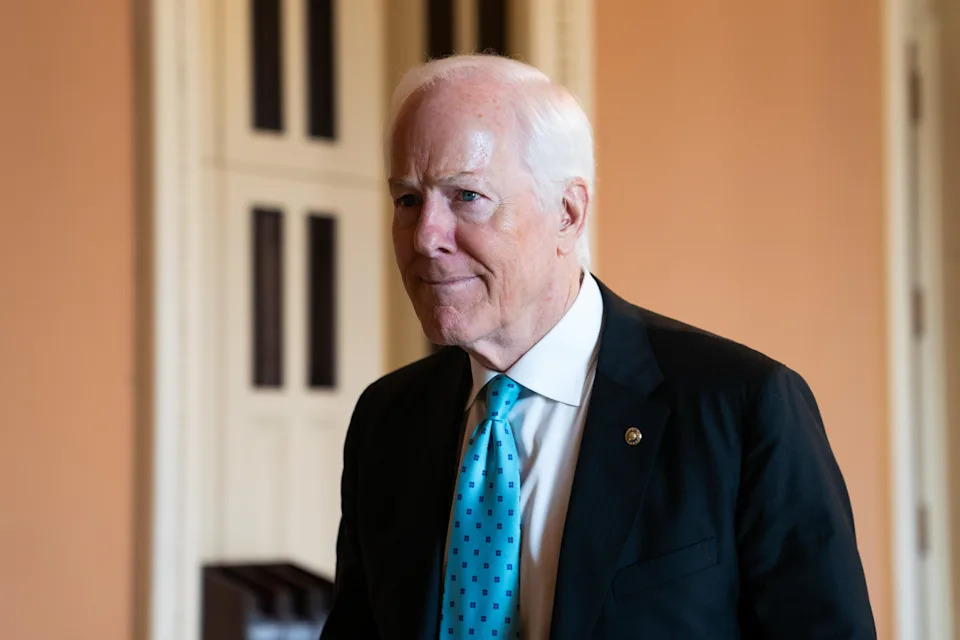
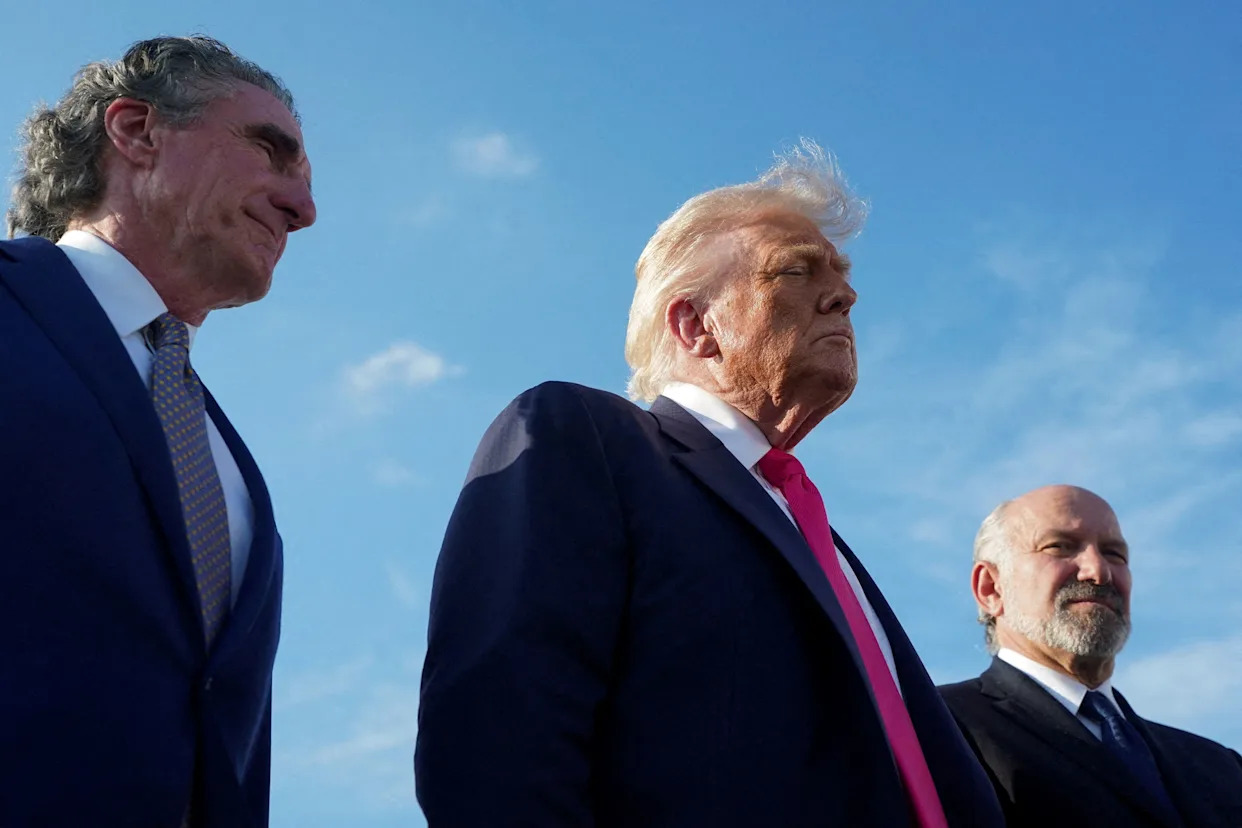
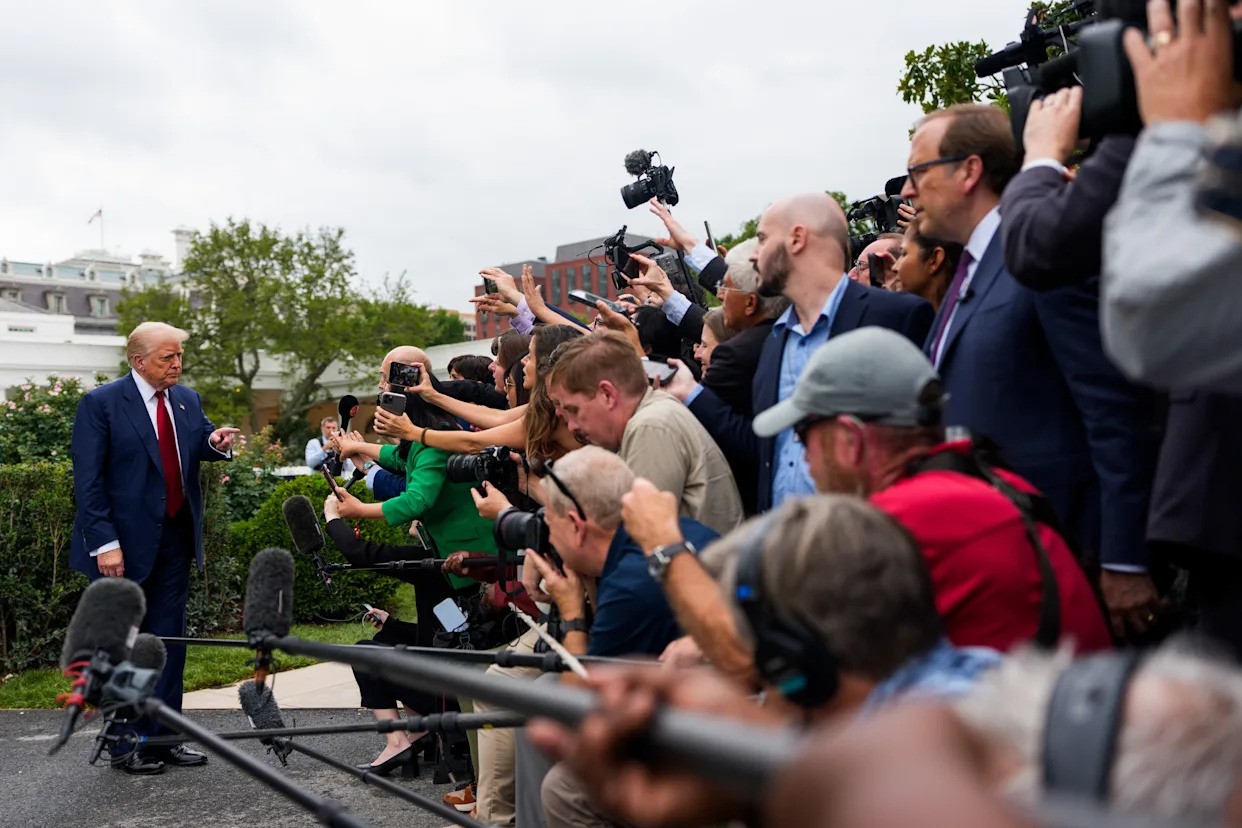
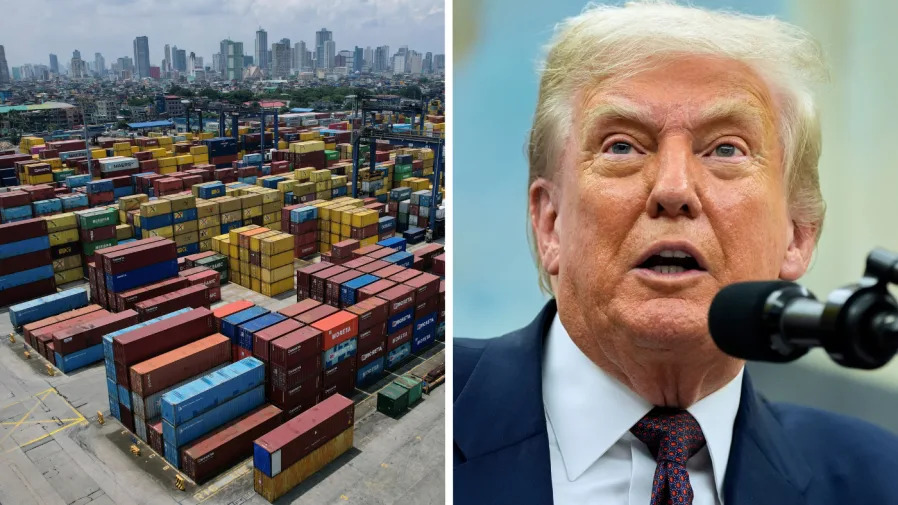
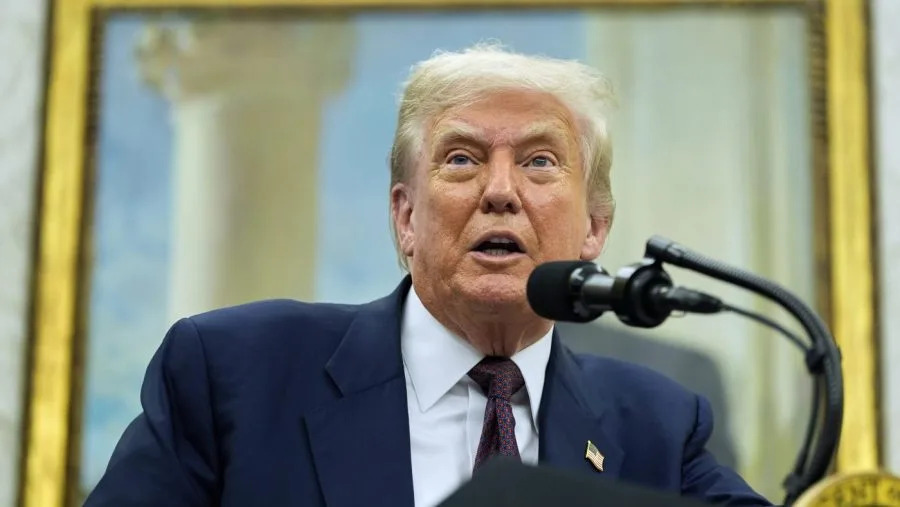
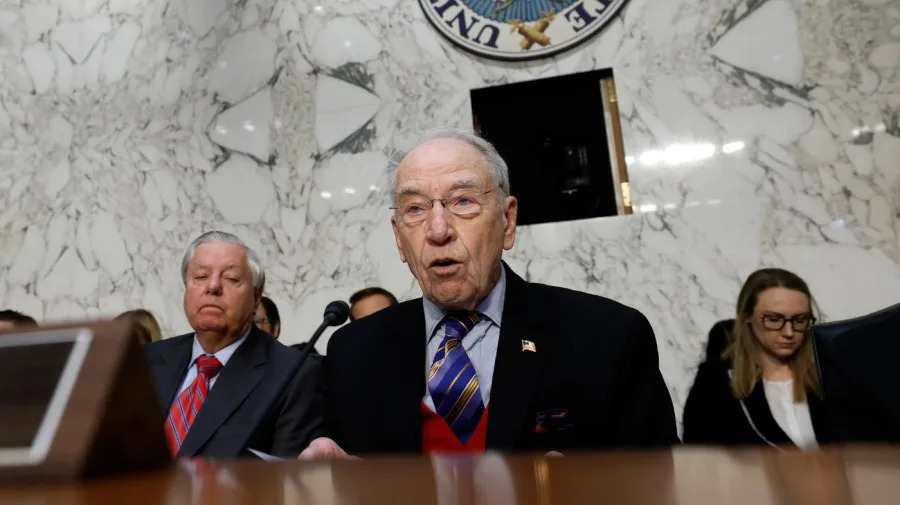
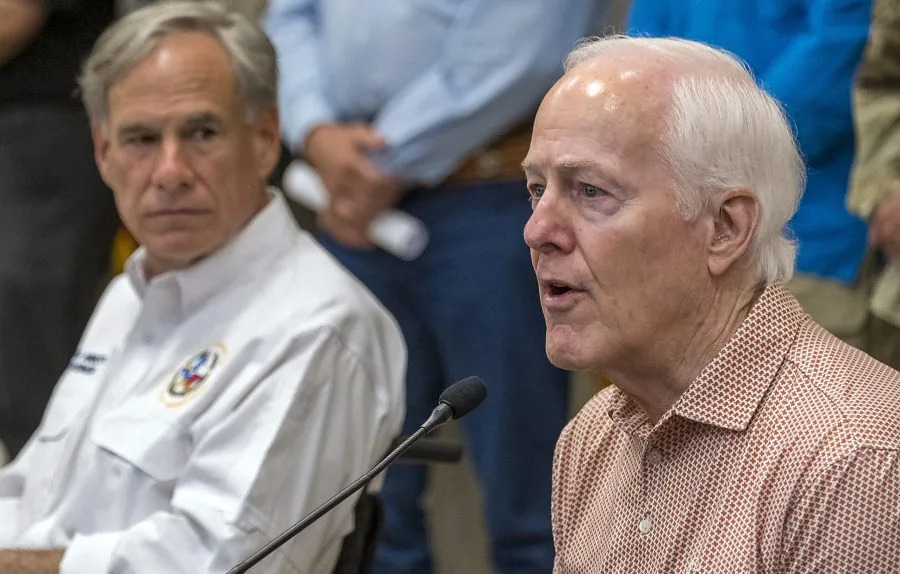
Comments